There was a time when vampires didn’t sparkle in daylight or give interviews to Christian Slater. They were the menacing undead who were best avoided – Count Dracula, in particular. In the case of the 1922 vampire movie Nosferatu, the first vampire movie, that was especially true.
The film cribbed the tale of Dracula, changing the names of the characters to avoid lawsuits. That plan failed, and Bram Stoker’s estate filed a lawsuit after Nosferatu’s release. As a result, all copies of the film were ordered destroyed. However, one copy survived. That sole print was reproduced again and again, moving down through the generations, and over the years, it’s become a cult classic. But is the classic vampire movie Nosferatu (1922) really any good? Look, it’s not Daybreakers, Buffy The Vampire Slayer, Van Helsing or Dracula Untold. But it’s still pretty decent.
The Nosferatu Story
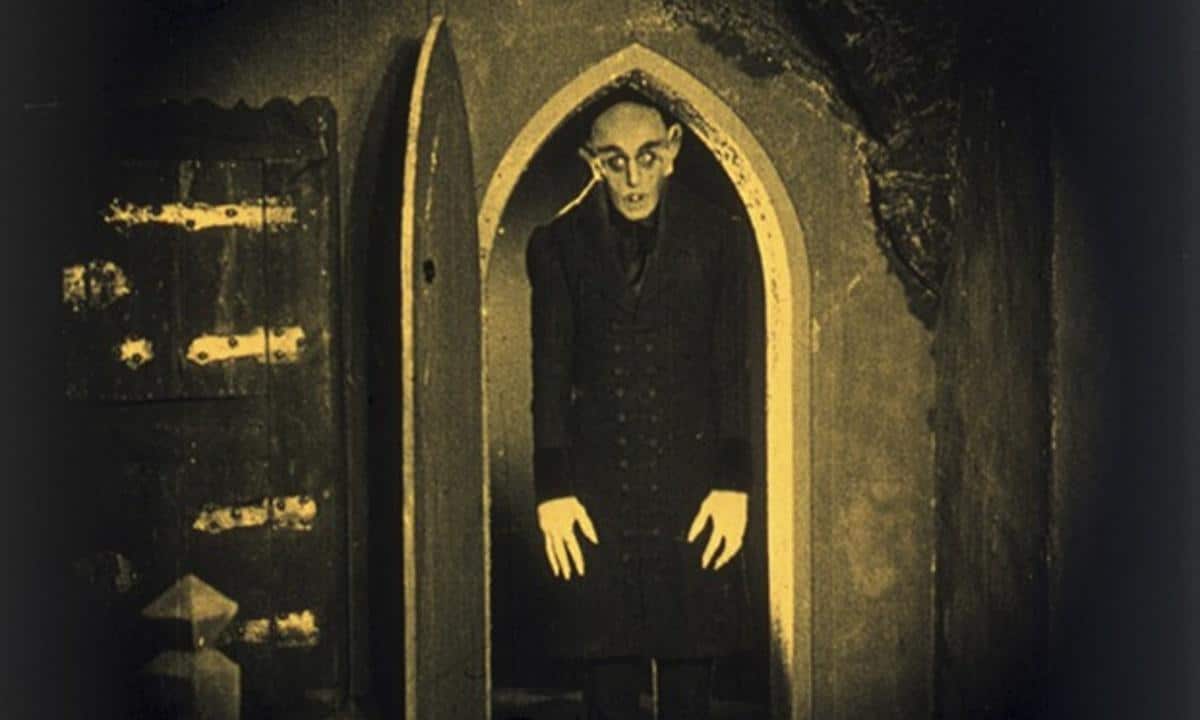
Thomas Hutter is a real go-getter of an estate agent, so full of enthusiasm that he resembles a manic version of Emmet from The Lego Movie. His boss, Knock, is (literally) insanely happy because the wealthy Count Orlok wants to buy a home nearby – meaning a fat commission. Hutter needs to leave his wife and go on a business trip to get the Count’s signature on the dotted line, with an obligatory pit-stop on the way, where the locals advise him not to continue. In classic horror movie fashion, he ignores them and embarks on a frightful coach journey to Orlok’s castle.
Orlok turns out to be genuinely creepy. For instance, while at dinner, Hutter cuts his thumb, and the Count tries to suck it for him. Is it fine dining etiquette, a disturbing omen of danger to come, or a disturbing fetish? It doesn’t matter. Hutter wants none of it. However, when he wakes up the next morning, his neck bears the now-familiar puncture marks. While business-wise, the Count signs the papers, the real estate agent suspects his client is a vampire. Before long, coffins are getting shipped to the new homestead, the Count sets sail from Carpathia to Germany, and our hero is trapped back at the castle.
On Orlok’s trip, the sailors experience the typical Dracula joyride experience of rats and “plague”, and are all dead by the time the boat docks. The townsfolk investigate this weirdness, while Orlok skimps out on hiring a moving van by carrying his coffin home personally. The town’s body count rises, and the locals believe there’s an epidemic of, well, epidemic proportions, but who’s going to save them? Hutter is in pieces, and his boss, Knock, is in a mental asylum, so it’s down to Hutter’s wife, Ellen, to get the job done…
Did Nosferatu steal from Bram Stoker’s Dracula?
Yes, the plot of Nosferatu (1922) is almost identical to Stoker’s Dracula. Only the names are changed, and the ending is altered. In this film, Dracula becomes Count Orlok, Harker becomes Hutter, Mina becomes Ellen, and so on.
These days, owing to some changes in copyright and the fact that this movie shouldn’t exist at all, some copies are modified with some of the dialogue cards changed, and the names are altered again… so Hutter is called Harker, Ellen is Mina, and… and you’ve got to wonder why people would bother screwing around with a classic. However, Count Orlok remains Count Orlok, even in those versions, and the alterations don’t alter the story or the quality of work in this case.
Yes, the plot is almost identical to Stoker’s Dracula. In terms of the original Dracula story, Nosferatu (1922) keeps most of the significant points but jettisons several of the secondary characters and the whole of the last act. Instead of a thrilling carriage-ride race against the setting sun, there’s a hurried conclusion. So much so that when The End flashes up, you’re left thinking, “What?! That’s IT?!”. Then again, the same can be said for the Tod Browning 1931 film with Bela Lugosi, too. In terms of artistic merit, though, it’s stunningly filmed and highly inventive despite the limitations of the time and the production.
Nosferatu Is Not Everyone’s Cup Of Tea
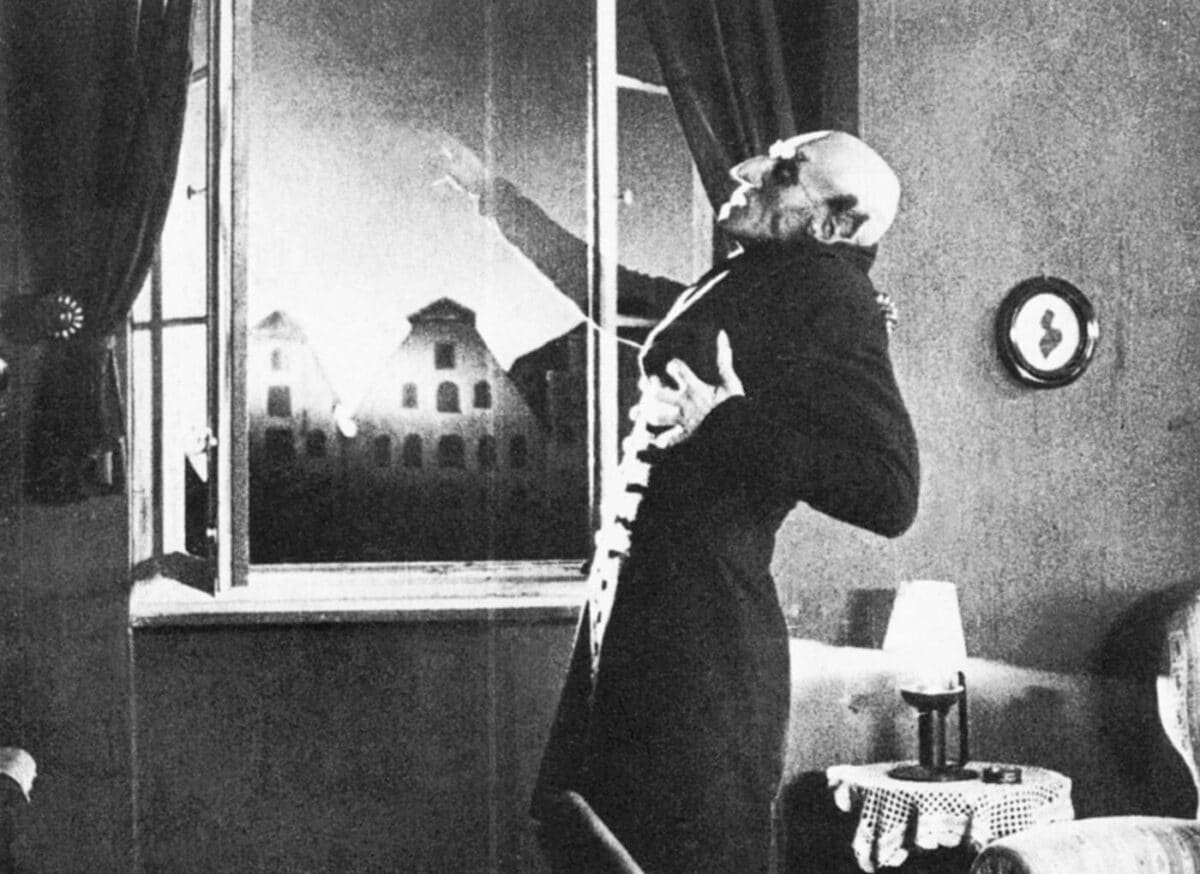
Being an old silent horror/vampire movie, Nosferatu (1922) won’t appeal to everyone. Some of the performances are incredibly over-the-top, but they had to be. It was the early days of film, and they had to physically make up for the lack of sound. The movie isn’t particularly scary in any way, either.
But Max Schreck as Count Orlok… that man really had it. He’s creepy and disturbing, while his performance is like the film: moody and so effective that the impact stays with you. Like the film, while he may not have the razzle-dazzle of more modern versions, he’s the classic you can’t ignore.
Of all vampire movies, Nosferatu (1922) was the first, and it’s a legendary piece of filmmaking. It may lack the gloss of more modern horror movies, but it can’t be ignored.
Nosferatu: A 100 Years Later
This year marks the 100th anniversary of the release of an iconic vampire movie, Nosferatu: A Symphony of Horror, a film that redefined the course of the horror genre and introduced one of the most emblematic antagonists of the silent era. By the time of its release, there was hardly any other film daring to do what Nosferatu accomplished within the genre. While some other horror expressionist films, like The Cabinet of Dr. Caligari, shared a similar visual identity, Nosferatu brought the concept of horror movies to a new level of artistry.
Director F. W. Murnau– who was at the time relatively unknown in the industry – and artist Albin Grau embarked on a simple mission: to film an unofficial adaptation of Bram Stoker’s Dracula for the German public. Much like the aforementioned Dr. Caligari, this was a recurring theme in German silent movies of the time, including the legendary The Golem: How He Came into the World – a film in which Greta Schröder (who plays Ellen in Nosferatu) also appears.
Grau’s production company, Prana Film, was responsible for bringing Murnau’s film to life. Nosferatu would end up being the studio’s first and only movie; however, due to the arduous legal battle that would take place after the film’s release, more on that in a minute.
A well-known occultist, Albin Grau, wanted to introduce his passion to the cinema. To this effect, he designed Count Orlok as an imposing creature – in fact, most of the film’s horror comes from the eerie look of the vampire Count Orlok. German actor Max Shreck was picked to play the role of the dreadful creature.
Filming took place mostly in Germany, while some of the more exotic locations – like Transylvania and the rest of the Carpathian mountains – were filmed on location in northern Slovakia. Shreck’s vampire makeup, along with the rest of the movie’s special effects, was a subject of widespread acclaim upon the film’s release. This acclaim, however, would be short-lived, as the praise suddenly turned into a long journey of copyright infringement charges once Florence Balcombe Stoker caught notice of the film’s popularity.
Nosferatu’s Legal Troubles
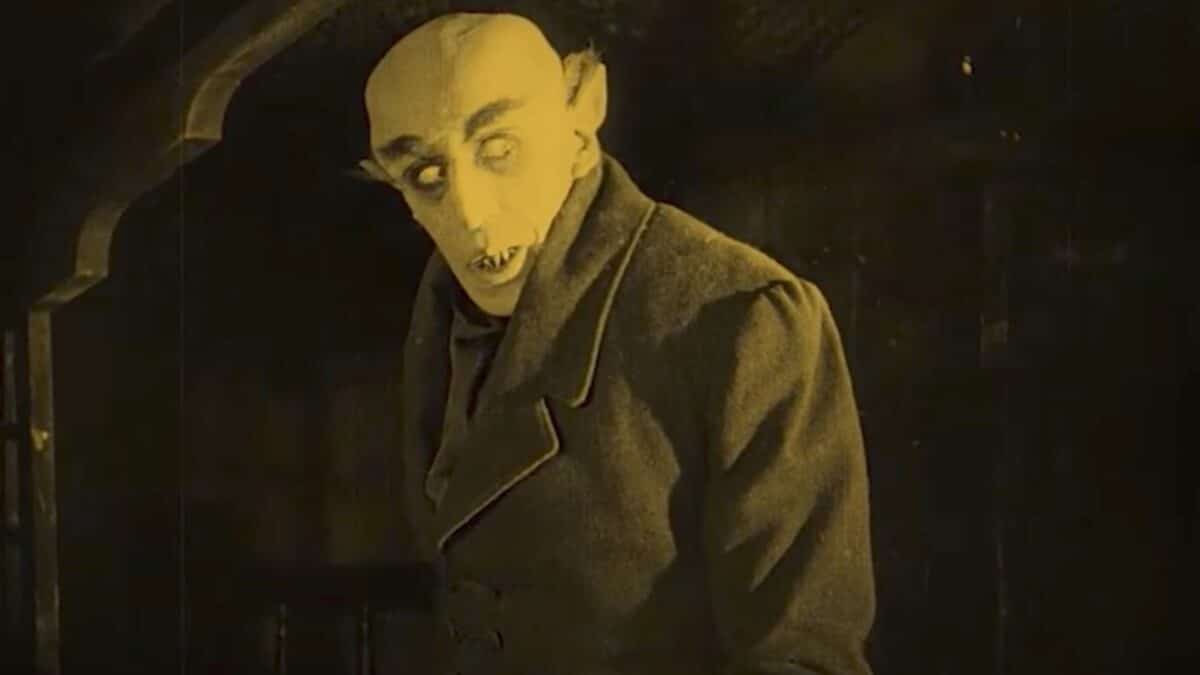
F. W. Murnau’s Nosferatu received some complaints from certain groups upon release. Some critics pointed out that the figure of Count Orlok was a vile caricature of the Jewish people – a matter of increasing concern in the years before Germany unleashed a Second World War.
For some, the vampire’s bald head and his association with the plague (and the subcontext of vampirism as a venereal disease) were clear indicators of Murnau’s antisemitism. English writer Kevin Jackson would later jump to Murnau’s defence, alleging that the director had a history of protecting Jewish artists, including actor Alexander Granach, who plays Knock in Nosferatu.
From the beginning, Murnau’s film was intended to be the story of Dracula. However, Stoker’s widow, Florence Stoker, didn’t want to sell the film rights to Grau. Curiously enough, Stoker’s novel was already in the public domain in the United States, but a German court dictated that Dracula’s rights could enter the public domain only after fifty years had passed since Stoker’s passing (he died in 1912).
Making an unauthorized adaptation of Bram Stoker’s story seemed like the only way for Murnau and Grau to get their movie done – and so they did. They hired screenwriter Henrik Galeen to make a German version of Dracula. Galeen used Stoker’s story as a blueprint, even reusing some of the characters from the original novel – like Jonathan and Mina Harker. Those character names were changed, though, mostly to appeal to the German public.
Some other notable characters were omitted entirely from Nosferatu, like Dr Abraham Van Helsing. The widow of Bram Stoker noticed the similarities and took the case to the British Incorporated Society of Authors. Shortly, a court ordered the destruction of every copy of the film. It was a dark time for film history, as we almost lost one of the most influential movies ever produced.
Orlok’s Legacy
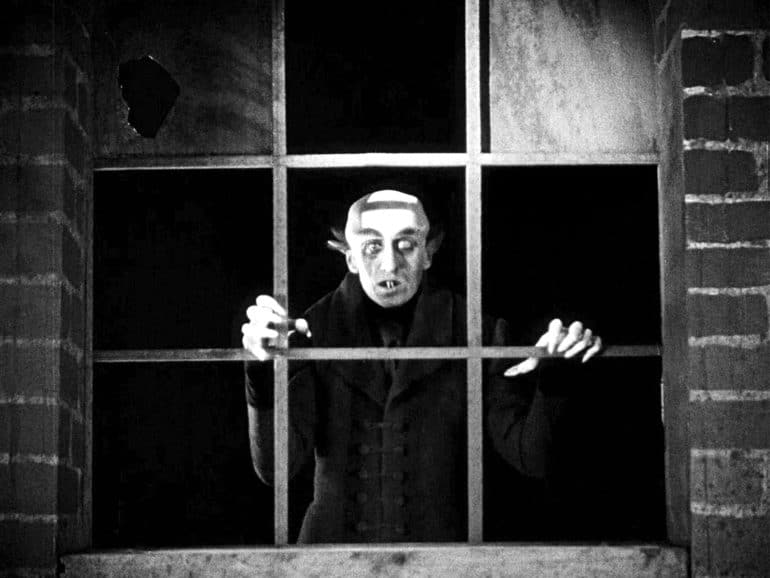
Needless to say, not every copy of Nosferatu went up in flames. This iconic horror film has influenced a lot of modern vampire mythology, adding more to what Stoker’s novel previously established. Besides holy water and religious symbols, vampires now had another mortal enemy: sunlight.
Now that the silent vampire movie Nosferatu (1922) is in the public domain, projects like Robert Eggers’ remake of Nosferatu are met with open arms from horror film and vampire film buffs. Over the years, new remasters of the film – some of them including fresh takes on the soundtrack or even sound effects – have been made. In 1979, Werner Herzog directed Nosferatu the Vampyre – a stylized remake of Murnau’s original that’s widely considered the best modern version of the film.
It seems like every critic, from Roger Ebert to the Vatican, has recognized Nosferatu‘s modern sense of what a horror/vampire movie should be. This silent flick gave us some of the most long-lasting aspects of modern vampires in cinema, like their inclination to prey on small towns and their fear of the sunlight.
Now, 100 years later, let’s not forget that we all have F. W. Murnau‘s unauthorized adaptation to thank for creating one of the most iconic movie monsters ever made.
RELATED: The Top 20 Best Vampire Movies Of All Time, Ranked
Tell us, does Nosferatu (1922), the first vampire movie, still give you the creeps? If you’re looking for a list of really disturbing horror movies, we’ve got you.

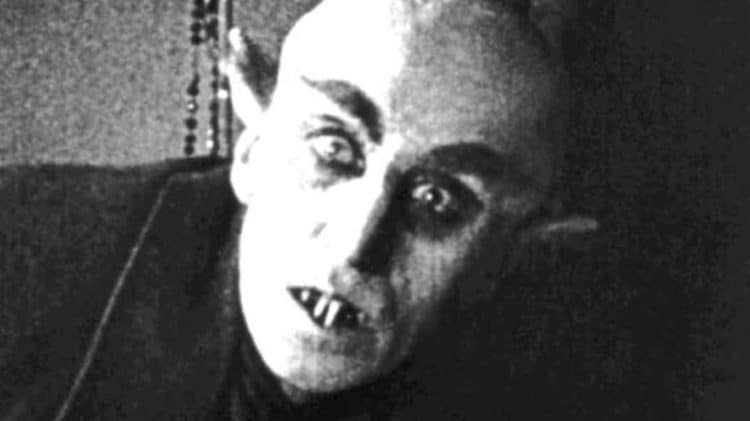


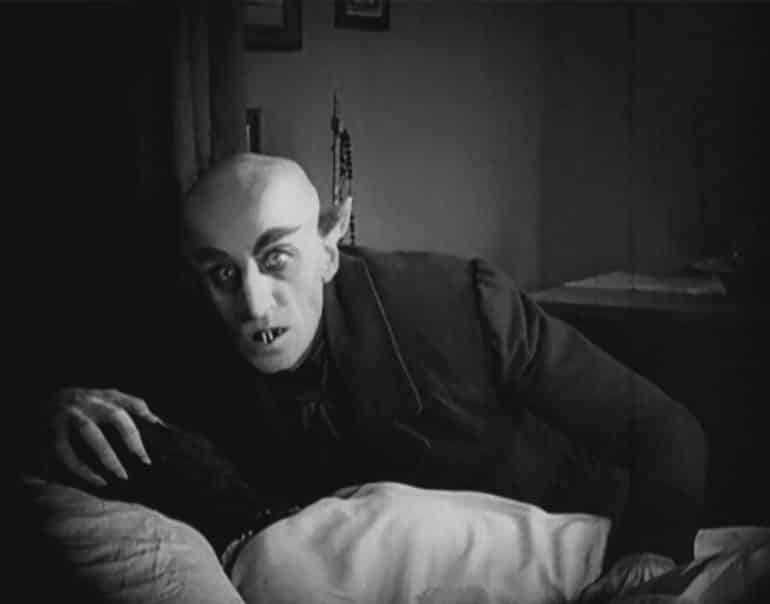
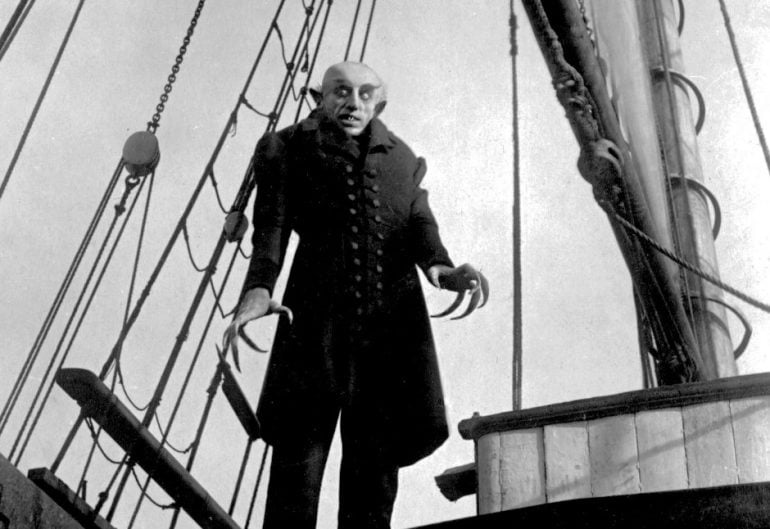
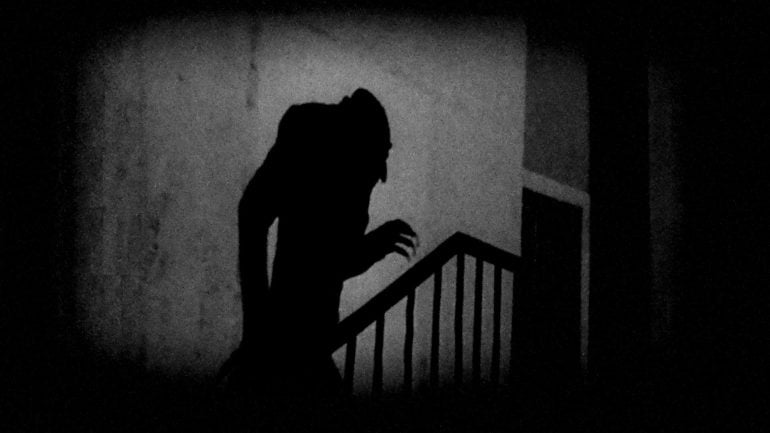
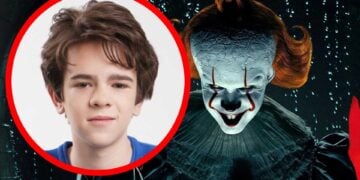




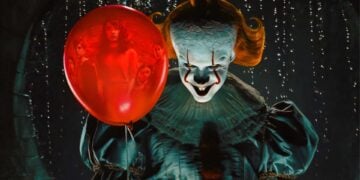

No you are wrong Nosferatu is not the first vampire movie in 1896 a short film called The devils castle showed a bat transformation into a man. This was the first vampire movie and first horror